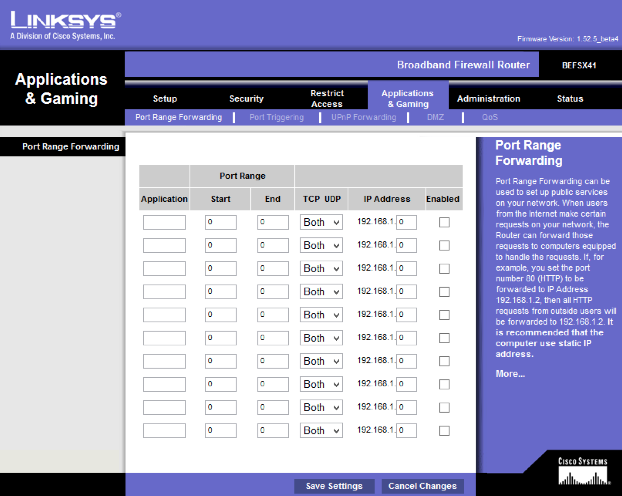

IT IS YOUR RESPONSIBILITY TO OBEY ALL APPLICABLE LOCAL, STATE AND FEDERAL LAWS. THE INFORMATION ON THIS PAGE IS STRICTLY FOR INFORMATIONAL PURPOSES ONLY. ISPs block this port to reduce the amount of spam generated by worms on infected machines within their network. Port 25 is the default port for sending and receiving mail. With blocked port 80 you will need to run your web server on a non-standard port. Port 80 is the default port for http traffic.


The most commonly blocked ports are port 80 and port 25. Most residential ISP's block ports to combat viruses and spam.
WHERE DO I FIND MY PORT FORWARD NETWORK UTILITIES MANUAL
Please refer to your routers manual or manufacturer for assistance in setting up port forwarding. This utility can verify the success of that process. When you forward a specific port on your router, you are telling your router where to direct traffic for that port. In a typical network the router has the public IP address and computers/servers obtain a private IP address from the router that is not addressable from outside the network. This allows you to run a web server, game server or a service of your choosing from behind a router. Now you should be able to access the service running on you local machine from the outside using global IP address.Port forwarding or port mapping allows remote computers to connect to a specific computer or service on a private network. Choosing specific protocol is always more secure.
Set Service to ALL, or choose a specific type of traffic. Set Destination Address to the Virtual IP Group that you have created. Outgoing Interface should be set to the interface connected to the LAN where resides your server/laptop. Set Incoming Interface to the ISP facing interface. Go to Policy and Objects -> IPv4 Policy. The last step is to create an IPv4 Policy. Click on a button next to Members and add the Virtual IP you have previously created. Select the Interface which is facing your ISP. Click Create New and select Virtual IP Group. Go to Policy and Objects -> Virtual IPs. The next thing we need to do is create Virtual IP Group. Enter External Service Port. I use only port 80. Enable Port Forwarding and select protocol (usually TCP or UDP). In my case it is set to the IP address of my virtual machine. Enter Mapped IP Address/Range, which should be set to the IP address of your internal device(for example, web server or FTP server). Then enter External IP Address/Range, which should be set to the public IP address, to which external users will connect. Select the Interface which is facing your ISP. Return to the previous browser window and paste the IP address. Click the name of the device for which you want to add the port forwarding rule under Online Devices Host Name. Go to Policy and Objects -> Virtual IPs. Open a new browser window, follow Steps 1 and 2 from above, and go to Connected Devices > Devices. The first thing we need to do is create Virtual IP address. I will run a web server on a local virtual machine and configure port forwarding so that requests to port 80 of my global IP address are forwarded to port 80 of my virtual machine. Port forwarding is the configuration which instructs your router/firewall to which internal devices it should forward such specific requests from the Internet. After external users connect to your global IP address which is configured on your edge device (firewall/router), your edge device has to know where it should forward that traffic(for example, web page request). That global IP address is the only thing external users can connect to, because they don’t know anything about your internal network and devices. The reason for this is that all devices in your location (home or office) share the one IP address given to you by your ISP provider. web server or FTP server) on your home/office computer, you need to configure port forwarding on your home/office router or firewall. In other words, if you want anyone on the Internet to access a service (e.g. Port forwarding is a feature on the routers/firewalls that allows devices behind the NAT to be accessed by external devices. In this post we will configure port forwarding on a Fortigate firewall running FortiOS 5.4.







 0 kommentar(er)
0 kommentar(er)
